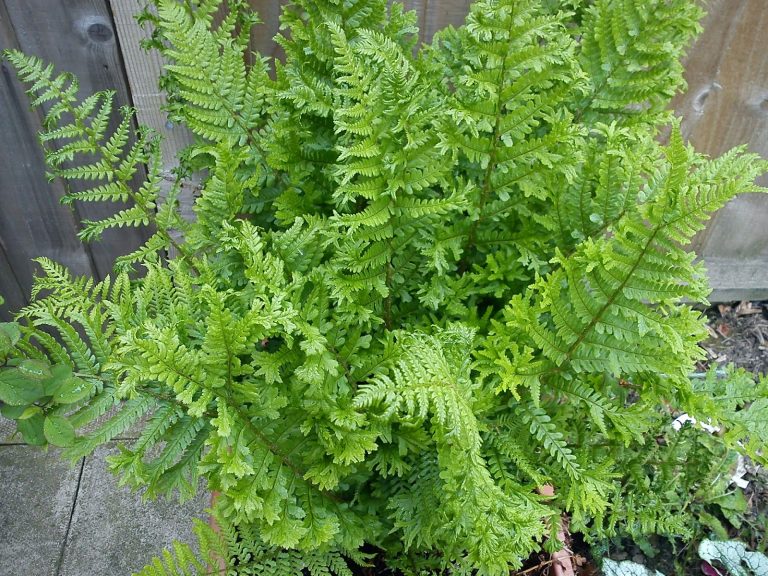
Feb 4, 2018
Since humans first began to pile stone upon stone to build walls and later learned to stabilize them with mortar, plants have taken root in the crevices. They are often ephemeral opportunists, growing from seeds distributed by birds, but for some spleenwort ferns that naturally colonized bare limestone cliffs the crumbly alkaline cement of the manmade alternative offers almost unlimited opportunities.
A shady, damp sandstone wall flanking South Street has become an evergreen rock garden, of long pinnate fronds of maidenhair spleenwort, Asplenium trichomanes, and the leathery, tufted foliage of wall rue (A ruta-muraria). When I turned over some maidenhair fronds, pockets of spores underneath stained my fingertips brown.
Clusters of brown spores on the underside of a maidenhair spleenwort frond. Photograph: Phil Gates
Our forebears must have wondered how ferns magically appeared in such places. Gadshill, in Shakespeare’s Henry IV, Part 1, remarks “we have the receipt of fern-seed, we walk invisible” and, indeed, fern seed – or, to be botanically accurate, fern spores – are invisible to the naked eye. What happens to them, and the secrets of their sex lives must have raised eyebrows when this was first described by John Lindsay in the late 18th century.
I found the evidence nearby among ferns growing in the wall around Bow cemetery. There, on a mossy pocket of humus, sat a delicate green membrane, the size of a newborn baby’s smallest fingernail. This was a fern prothallus, formed from cell divisions of a lucky wind-blown spore that had landed here.
The events that were occurring on its surface would only be visible under a microscope. Minute male capsules on the prothallus burst open over its moist surface, releasing sperm with whiplash tails that swam frantically along a gradient of come-hither secretions towards the female egg cells. This spring, the embryonic fern that develops from their fusion will send roots deep into the wall’s limey recesses if all goes well. Critically, conception depends on the wet weather.
Hidden in a wall cavity, a prothallus, about one-eighth of an inch in diameter. It grows from a spore and bears a fern’s sex organs. Photograph: Phil Gates
This is the season for fern sex. The fragile prothallus must be permanently damp to survive, and its surface wet for the sperm to swim, an evolutionary legacy of the plant’s distant, aquatic algal ancestry.
I let the raindrops from my umbrella splash into the crevice to help things along and will return in spring, to look for a tiny new fern frond.










